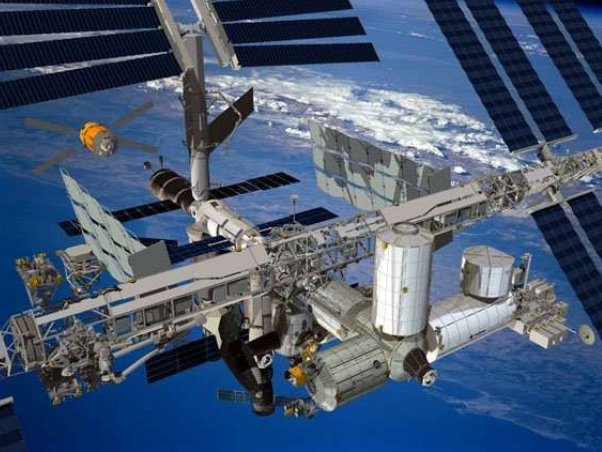
International Space Station
The Ericsson VHF handheld transceiver in the ISS Columbus module which is used for amateur radio voice contacts on 144.800 MHz and the packet radio digipeater on 145.825 MHz is unusable.
The VHF handheld radio model that has been used by the ARISS program to connect students worldwide with astronauts on board the International Space Station (ISS) for over 16 years has given an error message and is unusable at this time.
While the ARISS technical team evaluates the best path to restore operation from the Columbus module, ARISS contacts will be supported using the Kenwood radio in the Russian Service Module. During this period, the packet digipeater will be unavailable.
Switching to the 70 cm radio capability on board the Columbus module for some operations is being coordinated. Expect further updates as we work to resolve this problem.
Amateur Radio on the International Space Station
http://ariss.org/
https://twitter.com/ARISS_status
https://twitter.com/RF2Space/
http://issfanclub.com/
Dave Taylor W8AAS has posted the following information on the AMSAT Bulletin Board:
ARISS is actively working on a new Interoperable Radio System for ISS. The primary components are a modified Kenwood D710GA radio and a custom ARISS-designed power supply. The radio is complete except for final programming and NASA testing and certification. The power supply design is in final stages and a hardware prototype has been built. It will power existing and anticipated ARISS equipment.
The radio by itself is useless without the power supply (the radio needs 13.8 VDC, the ISS provides 120 VDC in the US segment and 28 VDC in the Russian segment). The power supply will allow ham radio equipment to be used anywhere on ISS.
The goal is to have this new system aboard ISS about 1 year from now. This assumes that ARISS can raise the remaining funds needed and that no delays occur in NASA testing and certification of the entire system. The new radio system will give ISS a strong 25-watt signal on voice and packet, and is planned to support a variety of operating modes.
This system was discussed in presentations at last year’s AMSAT Symposium and you can find details in the 2015 Proceedings. I haven’t seen a schedule, but I expect there will be updates at the Symposium next month.
